14th International Conference “Chlorine and its Derivatives 2021"
Fourteenth International Scientific-and-Technological Conference “Chlorine and its Derivatives 2021” was held in Moscow, at the downtown area, on the premises of five-star hotel “the National” on June 01 through 02, 2021. Association "RusChlor" organized, convened, and held the Conference quite in line with rather a deep-rooted tradition in cooperation with JSC “National Centre ‘Chlorine Safety” and with the joint assistance of Federal Service for Ecological, Technological, and Atomic Supervision of the Russian Federation, and Russian Chemists Union.
There was rather a large attendance at the conference. All in all, there participated in excess of ninety people in the conference representing more than 50 legal entities there. In particular, there were among them the top managers of the fourteen Russian plants that manufacture the chlor-alkali products each therefore making a full-member in Association “RusChlor” and representatives of fifteen associate members in RusChlor. There also participated in the conference the specialists representing the engineering companies, vendors of equipment, valves, fittings and fixtures, and the transportation companies that were engaged in manufacturing the movable tare in addition to transporting the dangerous goods. There were among these attendees the representatives of the fourteen foreign companies residing in Byelorussia, Germany, France, Switzerland, and India.
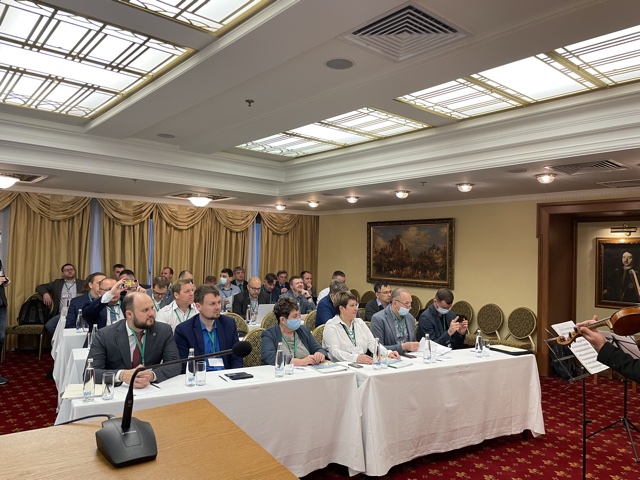
After the audience had listened to first the traditional musical greeting
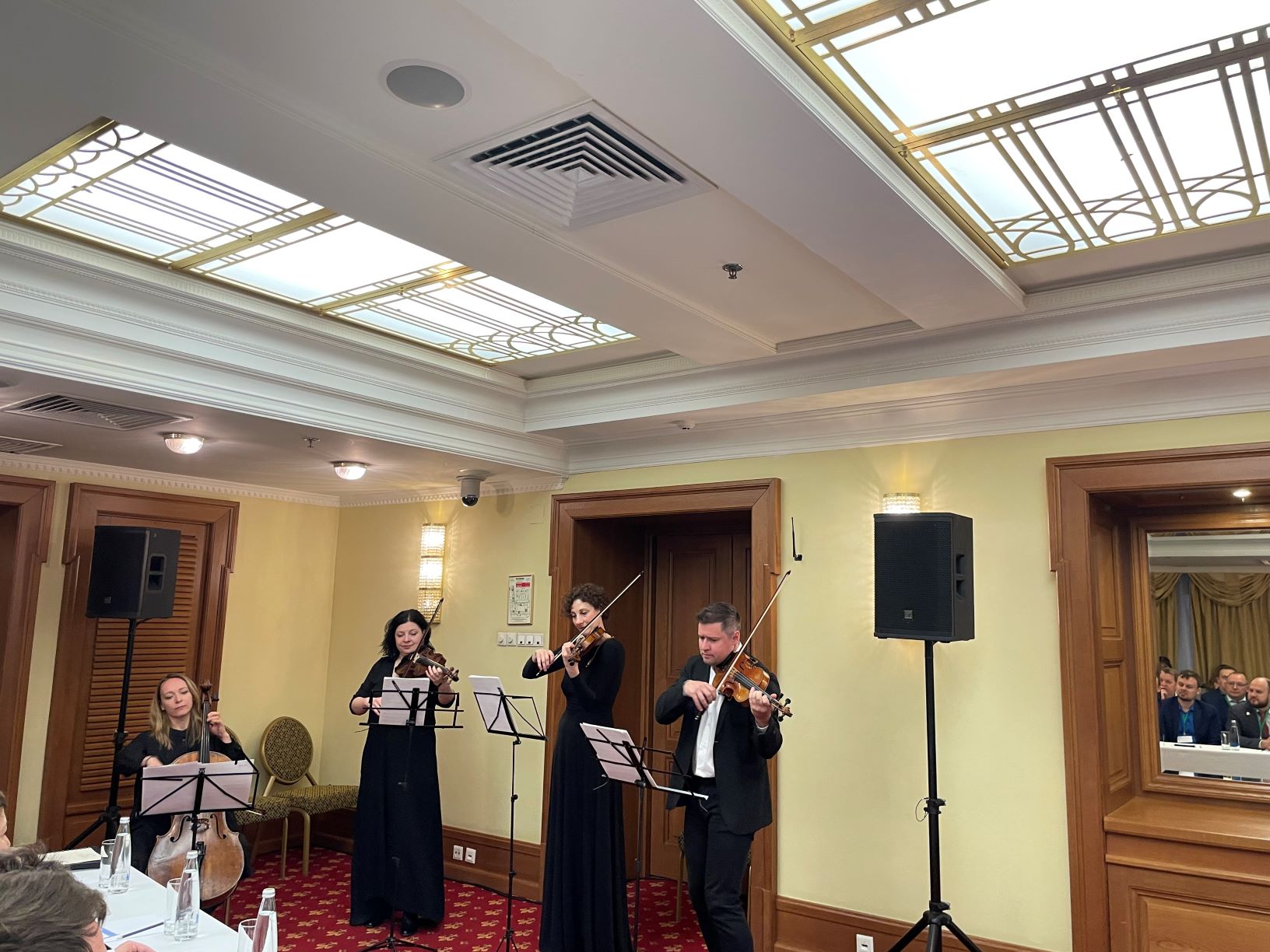
and then the opening remarks made by Vice President of Russian Chemists Union Mr. Basil Semenov
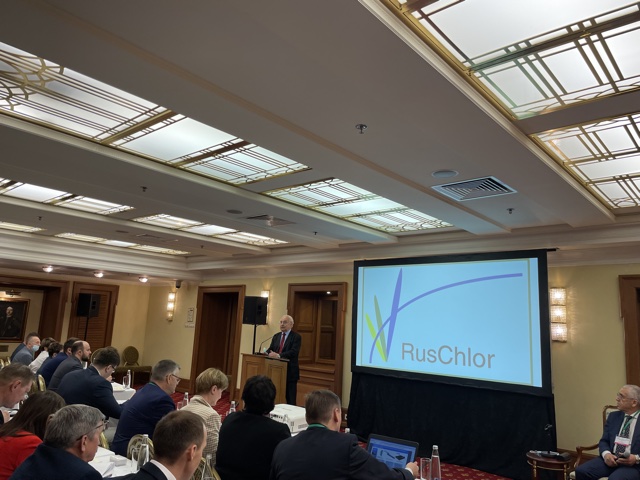
head of General Industrial Supervision Directorate of Federal Service for Ecological, Technological, and Atomic Supervision Mr. Maxim Fominykh delivered the report entitled “State Policy carried out in the field of safe operation of the chemically hazardous production facilities”
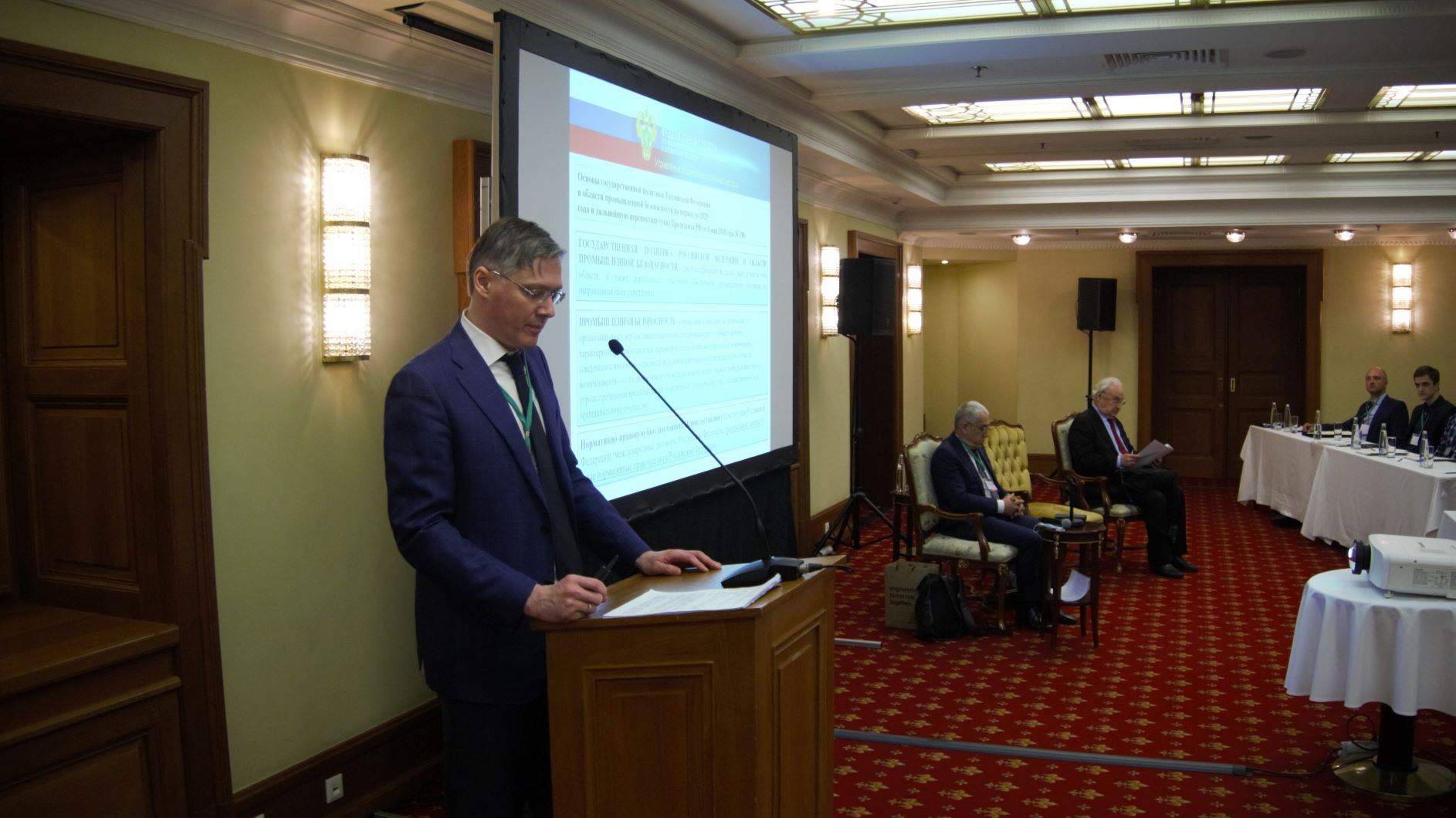
In addition to the abovesaid Executive Director of Association “RusChlor” delivered at the Plenary both the RusChlor performance report for the period spanning the years 2006 and 2020 and the report on participation of RusChlor in implementing the overhaul regulatory control reform called “Regulatory Guillotine” into the legal practice.
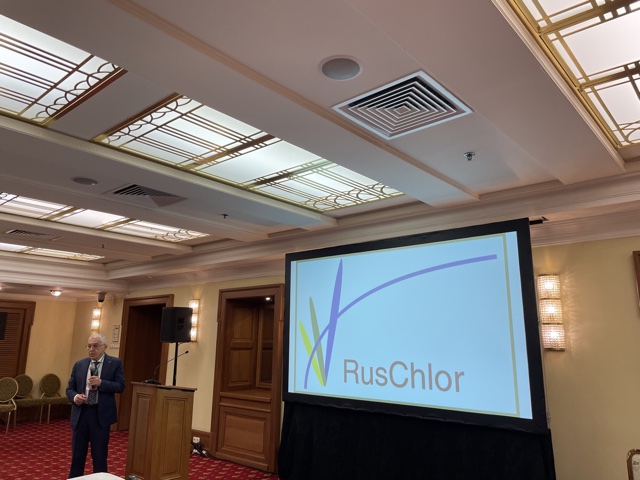
Chairman of the Board of Directors of Moscow LLC “NIKOCHEM” Mr. Michael Baranov made a presentation to the conference’s attendees on contemporary trends in the development of the Russian Chlor-Alkali industry. In so doing there was stressed in the presentation that the Russian chemical industry was demonstrating the growth rate that was pretty comparable to the one of the whole Russian industry.
On the other hand though the presenter also drew the audience’s attention to the fact that compared to the whole Russian chemical industry its Chlor-Alkali subindustry had itself been demonstrating quite multidirectional tendencies for the aforementioned reference period. In so doing, as the presenter underlined it, while the output in the caustic soda had risen by 3.3 and 2.6 percent for the years 2018 and 2019 correspondingly it had slightly fallen for the year 2020 (by 1.2 percent).
It was also shown in the presentation in this connection that while growth rate in the production of plastics and vinyl chloride had amounted to 6.0 and 2.6 percent for the years 2018 and 2019 correspondingly it had fallen by more than 1.0 percent for the year 2020.
It was also mentioned in the Mr. Baranov’s presentation that gross world output had amounted to 45.4 million tons in PVC for the year 2020, of which Russia had accounted for only 0.9 million tons.
The presenter also underlined the fact that the output in the commodity chlorine had been falling since the year 2017. In so doing the drop in the output considered amounted to 12% for the year 2020 alone (i. e., the gross output in the commodity chlorine amounted to only 81 thousand tons for the year 2020).
There was stressed in the presentation in this connection that quite in line with the abovesaid the consumption of the commodity chlorine had been also falling in the Russian Federation.
There were still rising against that background the prices for the products of the chlor-alkali subindustry in the Russian Federation though.
On the other hand, based on the outcomes of the year 2020 the demand for PVC had virtually staid at the level of the previous year. The prices though had reached the record levels and were still rising against that background.
According to what were shown in the Mr. Baranov’s presentation S-PVC accounts for the major part of the domestic demand on PVC while the annual amount of the domestically processed S-PVC have been staying at the level of approximately 830 or 900 thousand metric tons a year for the last three years in a row including the year 2018. Therefore, the import of PVC is still functioning as a major regulator at the domestic market.
The presenter also underlined that irrespective of the not-so-good forecasts and the constraints imposed by the pandemic there had not happened any considerable drop in the output of the Russian chlor-alkali subindustry in the year 2020.
There was also highlighted in the presentation the fact that the key problems haunting the Russian chlor-alkali industry had been stubbornly persistent for many years. Here are some of them in particular:
- Lack of the governmental industrial policy;
- As a consequence of the above there is lack of the long-term contracts for the supply of the raw materials at reasonable fixed prices there;
- The natural monopolies also maintain the tariffs for their services at the persistently high levels;
- Since the production output has been kept at rather low levels for quite a time, the competitivity of the major chlor-alkali producers is also unimpressive, which prevents the prospective investors from putting their money into the subindustry, which is even further aggravated by both rather a high investment cost and rather a long payback time;
- Lack of the easily obtainable credits hampers any large-scale modernization;
- The degrees of both wear and obsolence are also persistently high for the production equipment.
- Inefficiency and even inadequacy of the state regulation, the superfluous (and unadapted to the Russian realities) bias towards introduction into use in the Russian territory of the European quality control standards and systems of standard documents for regulating the quality of the chemical products, forceful instilment of unacceptable environmentalist views and even standards including the premature introduction into the legal practice of Reference Books on the so called “Best Available Techniques” (BAT).
There were voiced in the presentation the suggestions that Association “RusChlor” should revitalize its activities along the following lines:
- making the corrections to Law on the Greenhouse Gases Emission Control;
- supporting the development, unfoldment, and advancement in the Russian Federation of the chlorine & caustic soda processing projects aimed at manufacturing the products of a somewhat higher value-added level so that there should be the emerging techniques involved;
- lobbying for the state support granted to the investment projects in the industry;
- lobbying for the governmental support granted to the import substitution programs in the subindustry so that there should be manufactured the products of a new kind by the industry so that they should be consumed within the Russian Federation;
- facilitating the implementation of reform “Regulatory Guillotine”.
There was also noticed to the audience that European Union was going to introduce into the legal practice a system of the total control called "Carbon Border Adjustment Mechanism” (CBAM) coupled with the system of the so called “Carbon Regulation” that was supposed to impose additional taxes and fines onto the products being imported into the territory of the European Union, which as the presenter put it would make up rather a serious challenge for the Russian industry and economy as a whole.
In so doing the so called “carbon footprint” of an individual, organization, or production facility is supposed to make up for an aggregate measure of all the greenhouse gases emission made directly or indirectly by that individual, organization, or facility.
The presenter further argued that such a regulation system was aimed at redistributing the overall income from the countries that were producing the products of a relatively low value-added level to the countries that were producing the products of a somewhat higher value-added level, i. e., to the countries of the European Union.
There was suggested on this basis in the presentation that Association "RusChlor" should apply on behalf of the Russian Chlor-Alkali industry to the Russian Parliament (the "State Duma") for amendment by the Parliament of the aforementioned draft Federal Law “On the Greenhouse Gases Emission Control” along the following lines:
- There should be specified techniques, methods, and tools of control in the Law itself rather than any subordinate legislation.
- There should be taken into consideration the so called “Regional specifics” in developing the continuous greenhouse gases emissions monitoring system. In particular, there should be recognized the so called “green” energy supply sources in counting the overall amount of the emission for the territory of a region, which shouldn't depend on the region on the territory of which the energy from the “green” source is consumed. There should be also taken into consideration in so doing for each region the amount of the forestry and other means of consumption of the greenhouse gases residing in the region.
- There should be stipulated in the Law both the tax and non-tax payments aimed at creating the economic incentive to reduce the amounts of the greenhouse gases emissions.
- There should be also stipulated in the Law the exemption & incentive scheme application of which should depend on the regional specifics.
If, for example, the technology run by a production facility falls under the category of so called “Best Available Technique” (BAT), the hydrocarbon tax rate should be deemed zero percent.
Association “RusChlor” should also apply to the State Duma for them not to consider Draft Federal Law “On the Greenhouse Gases Emission Control” in isolation from whole legislative package “On the Greenhouse Gases” consisting of the following pieces of legislation:
- “framework” Law “On the Greenhouse Gases Emission Control”;
- the Federal Law amending the Administrative Offences Code of the Russian Federation;
- the Federal Law amending the Tax Code of the Russian Federation;
- the Federal Law amending the Federal Law “On Electric-Power Industry”.
The conference attendees had both listened to and discussed in a short span of two days more than 25 presentations covering the key technological problems faced in manufacture chlorine and caustic soda. These involved designing the new equipment and using it in the Russian Federation as well as application and development of the innovative solutions, valves included, in the safe transportation of the liquid chlorine. As the pandemic had not been subdued enough by the beginning of the conference some presentations were actually delivered over the Internet rather than in a face-to-face regime.
There are the conference's programme and list of participants in the supplement. There are also a few pictures there of those taken at the conference.



